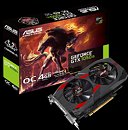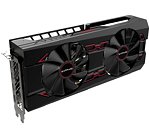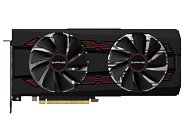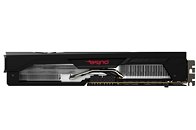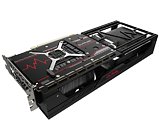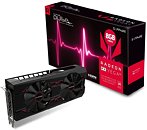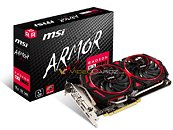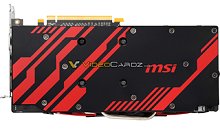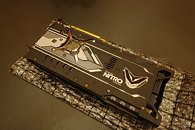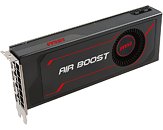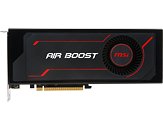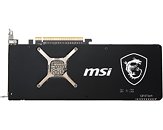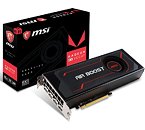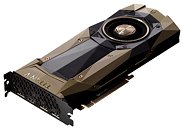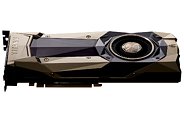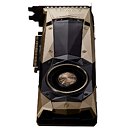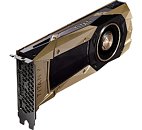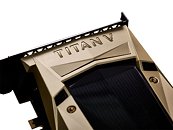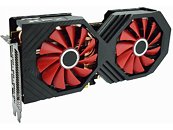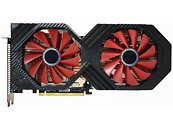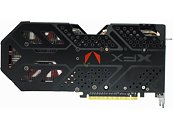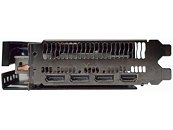
ASRock to Enter the Graphics Card Market, Focus on AMD Radeon
ASRock could enter the graphics card market, according to a report by Taiwan-based industry observer DigiTimes. The company is reportedly enamored by the GPU-accelerated crypto-currency mining boom, and could develop a graphics card lineup that's mostly, if not entirely, based on AMD Radeon graphics processors. AMD Radeon GPUs are generally regarded as being more efficient at mining popular crypto-currencies.
This could indicate that ASRock's graphics card designs could be frugal, and purpose-built for mining. Like all other add-in board (AIB) partners, the company could start off with some reference-design cards, and then launch custom-designed ones. The company has seen success in recent times as a formidable high-end PC motherboard brand across both Intel and AMD platforms; in addition to its low-cost motherboard core business. It also diversified into industrial PC components, server motherboards, and consumer networking products, such as Wi-Fi routers.
This could indicate that ASRock's graphics card designs could be frugal, and purpose-built for mining. Like all other add-in board (AIB) partners, the company could start off with some reference-design cards, and then launch custom-designed ones. The company has seen success in recent times as a formidable high-end PC motherboard brand across both Intel and AMD platforms; in addition to its low-cost motherboard core business. It also diversified into industrial PC components, server motherboards, and consumer networking products, such as Wi-Fi routers.







